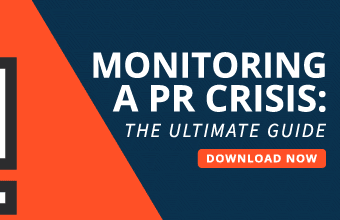PR professionals are pivotal in shaping public perception. They manage reputation and foster trust between organizations and their stakeholders. However, it gets extremely challenging to maintain brand integrity and credibility in a world where facts and reality can be easily manipulated, especially now that deep fake technology has stepped out of the shadows and keeps gaining strength.
This tech phenomenon has far-reaching implications for the realm of PR. Forewarned and forearmed, though. So, in this article, we will look into how deep fakes impact PR strategies and how communication professionals can combat misinformation.
Understanding deep fakes
Deep fakes are highly realistic multimedia content. Typically, these are videos, images, or audio recordings created or altered using AI. Advanced machine learning algorithms analyze and synthesize tons of data to manipulate facial expressions, gestures, and voices. They generate highly convincing simulations of individuals who say or do things they never actually did.
The term “deep fake” originates from “deep learning”. It’s a subset of AI that uses neural networks to mimic human-like learning and decision-making processes. Producing authentic content, these systems make it really difficult to discern between genuine and fabricated media.
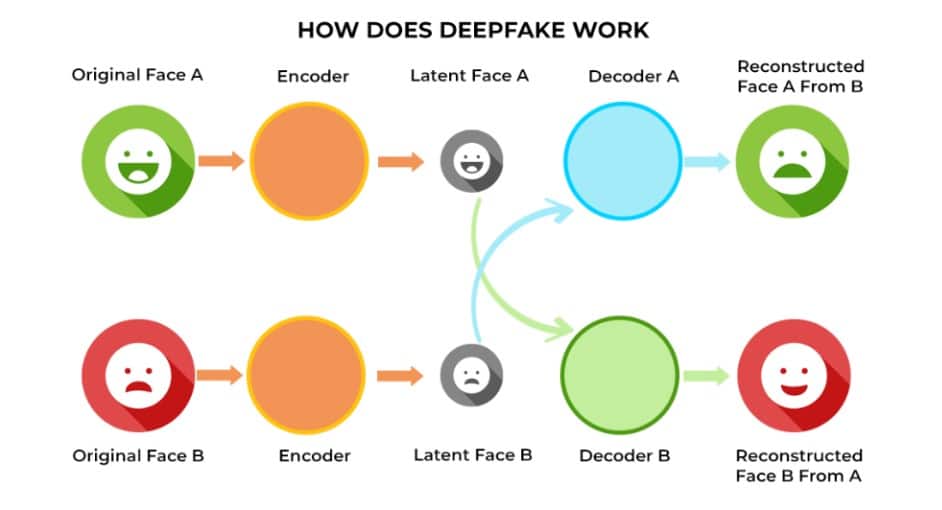
Creating a deep fake usually involves several steps:
- Collecting extensive data on the target individual, including real-life visuals and audio;
- Training ML algorithms such as generative adversarial networks (GANs) or autoencoders on this data to replicate the target’s appearance, mannerisms, and speech patterns;
- Generating new content by superimposing the target’s likeness onto existing video footage or creating entirely synthetic scenes.
Early examples of deep fakes primarily focused on manipulating facial expressions and lip-syncing, often with noticeable imperfections. Today, with significant advancements in AI and machine learning, the tech has noticeably evolved. It encompasses a wide range of applications, including video reenactments, impersonations of public figures, and even realistic voice synthesis. Some prominent examples include deep fake videos altering political speeches, celebrity impersonations, and fraudulent financial scams. Thus deep fakes of Tom Cruise and Keanu Reeves have their own TikTok accounts. Among politicians, Donald Trump has been subject to deep fakes most often.

The more refined, sophisticated, and convincing deep fakes become, the more concerns they raise about their potential for widespread misuse and exploitation.
Challenges deep fakes pose for PR
Blurring the line between truth and fiction, these manipulated multimedia creations pose multifaceted challenges and risks for media and PR. Knowing where deep fake negative impacts might hit the most, PR professionals will be able to develop efficient strategies to confront them and navigate this tricky terrain with vigilance and confidence.
-
Spread of misinformation
A modern digital ecosystem is an interconnected environment where false narratives can spread like wildfire. It happens due in no small part to the virality of social media and online platforms. Deep fake-enabled misinformation campaigns can manipulate public opinion, sow discord, and undermine the credibility of trusted institutions and media sources.

It’s worth noting that misinformation effects extend beyond mere confusion or inconvenience. They can have far-reaching societal consequences, eroding trust in democratic processes, inciting social unrest, and fostering division among communities. PR specialists should counter deceptive data while sticking to the principles of transparency and accuracy in their communication efforts.
-
Damage to reputation and trust
Trust and reputation are everything in the PR world. PR campaigns rely on trust and data authenticity to resonate with audiences. The dissemination of fabricated content, in turn, can tarnish reputations, damage relationships, erode consumer trust, and ruin credibility in the end.
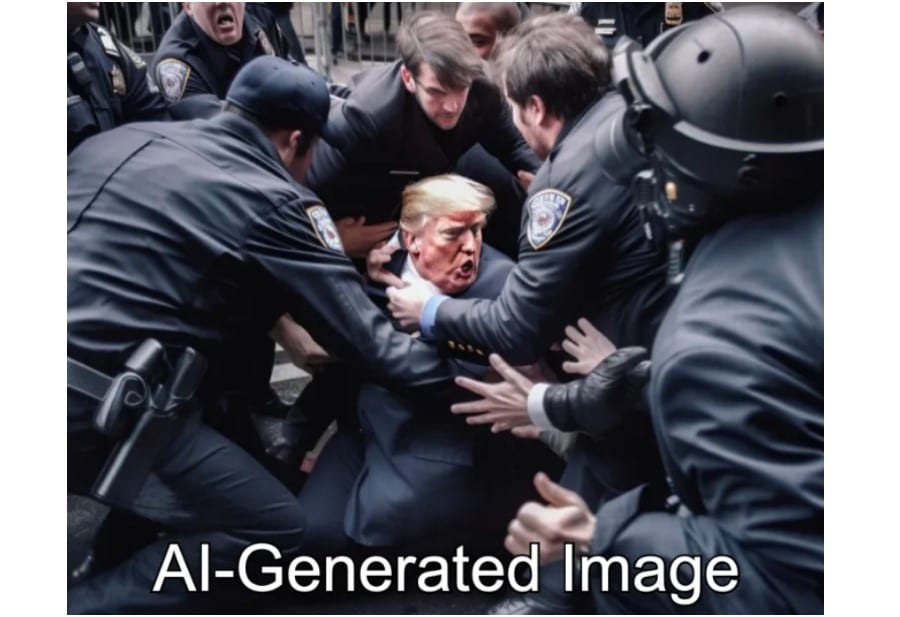
Potential consequences of deep fakes might range from minor public relations crises to full-scale reputational disasters. Restoring trust in the aftermath requires strategic communication, transparency, and a proactive approach to settle concerns and dispel falsehoods.
-
Difficulty in identifying and combating deep fakes
Unlike traditional forms of misinformation, sophisticated deep fakes are often indistinguishable from authentic media. They are inherently deceptive and difficult to detect.
To timely discern and mitigate the spread of deep fakes, PR managers should invest in advanced monitoring tools, and media verification techniques, and collaborate with technology experts. Besides, they should be ready to quickly respond to possible crises to minimize the impact of fraudulent content.
-
Legal and ethical considerations
The creation and distribution of deep fakes raise complex issues related to privacy rights, intellectual property, defamation, and consent.
To get the hang of legal complexities, PR specialists should have a nuanced understanding of applicable regulations, industry standards, and ethical guidelines. They should hinge on responsible use of technology, follow ethical standards in their communication practices, and cooperate with legal experts to stay on top of the legal landscape surrounding deep fakes.
Strategies for steering PR in the age of deep fake
To stand strong in a challenging digital arena where fabricated content pops up here and there and public opinion is constantly manipulated, PR practitioners should stay alert to the deep fake looming threat and have a complex action plan at hand. With the right strategies in place, they will be able to effectively safeguard their brands’ reputation and retain trust.
Proactive measures
- Build a strong brand reputation: A robust brand reputation and solid credibility are fundamental against the damaging impact of deep fakes per se. Consistently deliver on promises, provide value to stakeholders, and cultivate a positive brand image to mitigate the effects of misinformation and maintain trust in the face of adversity.
- Maintain a solid online presence: Cultivate a positive online presence through active engagement on social media platforms and by leveraging reputable websites. Connecting with authoritative domains can amplify your brand’s voice and establish a foundation of trust.
- Educate the public: Spread the word about the existence of deep fakes and the damages they might cause to foster public literacy and resilience to deceptive info. Arrange awareness campaigns, workshops, and educational initiatives so that individuals can gain the knowledge and acquire critical thinking skills to discern genuine content from manipulated media.
- Strictly verify media: Leverage advanced technology tools and methodologies to check and confirm the authenticity of media assets before distribution. Platforms like FactCheck.org, Snopes, and Google Fact Check Explorer provide invaluable resources for verifying the authenticity of media content and debunking false information. Companies like Adobe, Microsoft, and DeepTrace also offer forensic software solutions tailored to discerning deep fakes with high accuracy. By verifying the source, context, and integrity of digital materials, you’ll be able to eliminate the risk of amplifying deceptive narratives.
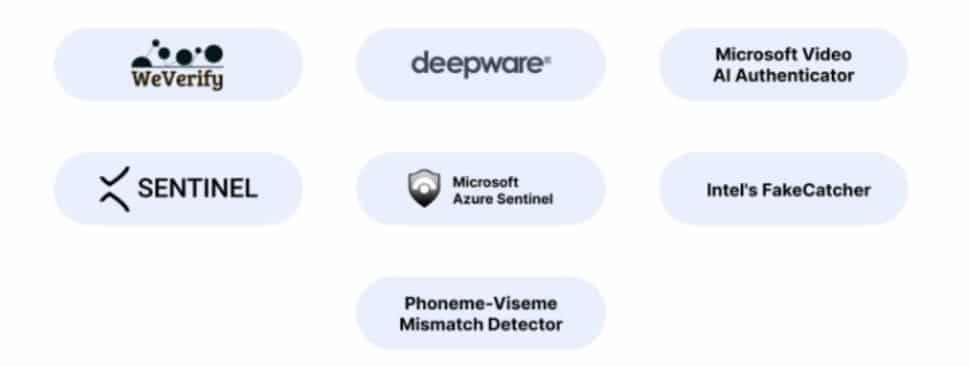
- Secure your digital assets: Use security measures to protect your own visual and audio digital assets. Apply encryption, watermarks, and other techniques to keep unauthorized tampering at bay.
Reactive measures
- Monitor digital content: Vigilant monitoring of online content and social media platforms will help you swiftly detect and respond to instances of deep fake dissemination. Employ monitoring tools and analytics to pinpoint emerging threats, monitor sentiment, and track the spread of misinformation in real time. To enhance your online monitoring efforts, consider incorporating advanced tools such as a deep fake detection system. Additionally, to boost engagement and visibility on social media platforms, you can try an Instagram-like bot, which can strategically increase the reach of your content and strengthen your online presence, contributing to a more proactive approach in managing digital content.
- Promptly respond to misinformation incidents: Develop predefined escalation protocols and crisis communication strategies to facilitate rapid response and damage control. Timely clarify, correct, and refute false narratives to restore trust and credibility.
- Engage with stakeholders: Communicate with customers, employees, and partners, to address concerns and maintain trust. Keep them informed about the situation and involve them in the resolution process where appropriate.
- Collaborate with tech experts: Establish partnerships with cybersecurity firms, forensic experts, and legal authorities. Use their expertise to investigate and prosecute malicious actors responsible for deceptive content production and distribution.
Crisis management
- Developing crisis communication plans: Keep an eye on potential deep fake incidents. Create your response protocols. Designate spokespersons that will address media inquiries and public concerns with clarity and authority.
- Be transparent and authentic in your messaging: Your crisis communication efforts should be based on transparency and authenticity. Prioritize honesty, accountability, and openness in your messaging. Provide accurate information, acknowledge uncertainties, and avoid speculation to restore trust at any cost.
- Monitor media coverage: Should a deep fake incident arise, trace media coverage and social media conversations surrounding it. Stay vigilant for any developments or escalations that may require your strategic response.
- Adapt and evolve: Continuously assess the effectiveness of your crisis management strategy and be prepared to adapt and upgrade as the situation unfolds. Learn from each experience to strengthen your organization’s resilience against future threats.
- Leverage tactics to regain trust: This may include proactive stakeholder engagement, media outreach, reputation repair campaigns, and initiatives aimed at reinforcing positive brand narratives and values.
- Evaluate: Conduct a thorough post-crisis evaluation to identify pitfalls and areas for improvement. Use this feedback to refine your PR strategies and enhance your organization’s readiness for future challenges.
How big names address deep fake issues
Let’s take a look at how real-world organizations address deep fake problems and tackle the distribution of deceptive content to slow down and limit the inflow of misinformation in a digital landscape and avert reputational damages and negative effects it might cause.
Facebook announced its policy to ban deepfake videos from its platform ahead of the 2020 U.S. presidential election. The company expressly committed to combating misinformation which garnered positive attention from the media and users.
Facebook actively communicated this policy change through press releases, blog posts, and interviews, stressing their dedication to maintaining the integrity of their platform.
Adobe
Adobe, the creator of Photoshop, faced criticism for enabling the creation of realistic deep fakes. In response, they launched the “About Face” project aimed at developing tools to detect manipulated images. Adobe’s PR efforts positioned the company as a leader in addressing the challenges posed by deepfake technology. This helped enhance Adobe’s reputation as an innovator in the field of digital media.
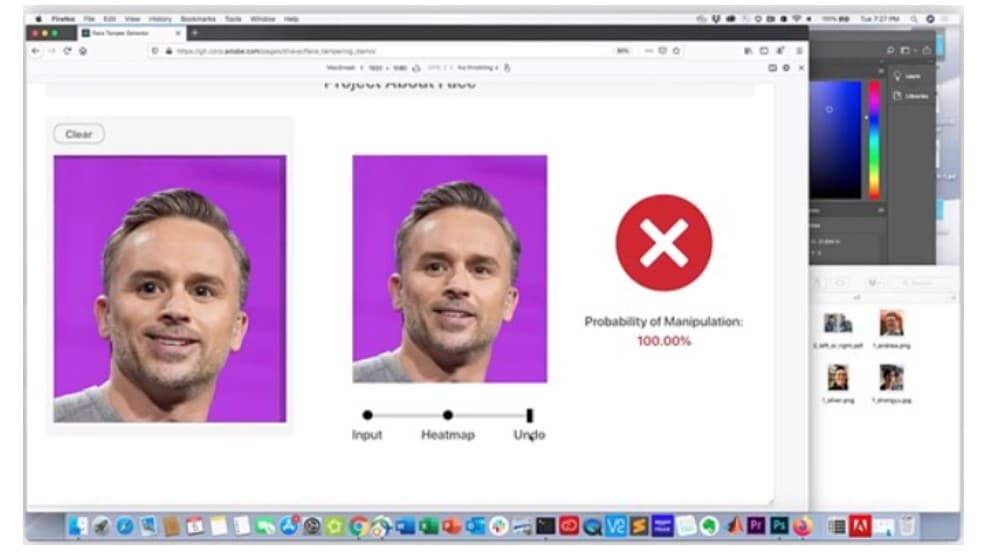
Microsoft
Microsoft introduced a tool called Video Authenticator. It was designed to analyze videos and indicate the likelihood of using AI-manipulated content. The company offered this tool to news organizations and social media platforms. As such, it’s a practical solution for detecting deepfakes and mitigating their spread.
BBC
The BBC produced a drama series called “The Capture”. It explored the implications of deepfake technology on society and the criminal justice system. The BBC addressed the issue through fictional storytelling to stimulate public awareness about the dangers of deepfakes in a compelling and accessible way. The series sparked conversations about digital manipulation and encouraged viewers to critically evaluate online content.

OpenAI
The organization behind advanced AI models like GPT, has a strict disclosure policy regarding the use of their technology. The company is transparent about the capabilities and limitations of its models underscoring potential misuse for generating deepfakes. OpenAI’s open approach to responsible AI development has earned them credibility among researchers, policymakers, and the public.
Looking ahead
In the future, deep fakes will keep throwing challenges at communication professionals. Yet, with a proactive mindset, strategic planning, and a commitment to ethical communication practices, PR practitioners can rise to the occasion and navigate the complexities of the digital age with confidence and integrity.







